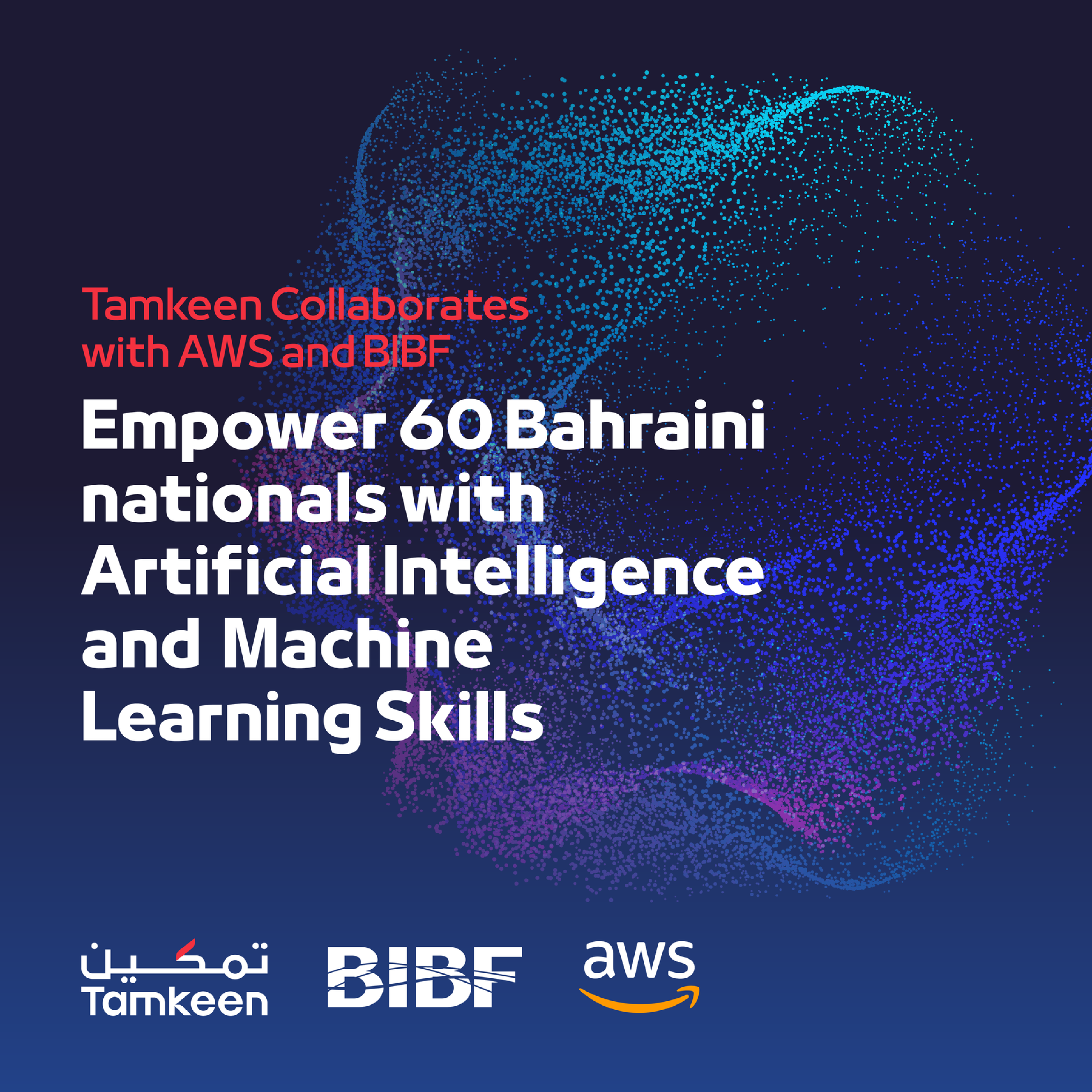BIBF-AI
Machine Learning Notes Website
This website aims to serve as a repository of notes from AWS machine learning training conducted at BIBF (Bahrain Institute of Banking and Finance) through a partnership program with Tamkeen.

The goal is to create an open platform where trainees can contribute and access a knowledge base to supplement their learning during the AWS ML certification course.
Contents
The website will host machine learning tutorials, examples, explanations of concepts, summaries of sessions, handy tips and tricks, etc. related to the curriculum.
- Session-wise notes from lectures
- Cheat sheets
- Revision notes
- Tips for certification
Recommend Path
-
Cloud EssentialCloud EssentialUtilizing AWS: Unveiling its Significance The instructors shed light on the essential role of Amazon Web Services (AWS) and its profound importance. They narrated compelling stories to underscore the significance of embracing cloud computing, emphasizing two key aspects: 1. Disaster Recovery The instructors highlighted how AWS serves as a robust platform for disaster recovery, enabling businesses to swiftly recover and resume operations in the face of unforeseen disruptions. 2. Temporary Jobs
-
Architecting-on-AWSArchitecting-on-AWSDay 1: AWS Security and Identity Management Create Role Trust Policy: The trust policy defines who or what can assume the role. It outlines the entities that are allowed to take on the permissions associated with the role. This can include AWS services, users, accounts, or even external identities Permissions Policy: The permissions policy specifies what actions and resources the role is allowed to access or manipulate. It defines the boundaries of the role's capabilities within AWS. Permissi
-
Exploratory Data AnalysisExploratory Data AnalysisExploratory Data Analysis Python Pandas Pandas is a fast, powerful, flexible and easy to use open source data analysis and data manipulation library built on top of the Python programming language. - Data Frame: A two-dimensional data structure, i.e., data is aligned in a tabular fashion in rows and columns. - Series: A one-dimensional labeled array capable of holding data of any type (integer, string, float, python objects, etc.). The axis labels are collectively called index. - Pan
-
Data Analytics FundamentalsData Analytics FundamentalsData Analytics Fundamentals Introduction Data analytics is the science of analyzing raw data in order to make conclusions about that information. Many of the techniques and processes of data analytics have been automated into mechanical processes and algorithms that work over raw data for human consumption. Data analytics techniques can reveal trends and metrics that would otherwise be lost in the mass of information. Benefits of Data Analytics Components of a Data analytics process 5Vs of
-
Data EngineeringData EngineeringData Engineering S3 S3 Storage Classes S3 Standard**: For general-purpose storage of frequently accessed data; designed for durability of 99.999999999% of objects over a given year. S3 Intelligent-Tiering**: Designed to optimize costs by automatically moving data to the most cost-effective access tier, without performance impact or operational overhead. S3 Standard-IA**: For long-lived, infrequently accessed data that needs to be accessed rapidly when needed. S3 One Zone-IA**: For long-lived,
-
Building Data AnalyticsBuilding Data AnalyticsBuilding Batch Data Analytics Solutions on AWS In this guide, we'll explore how to build batch data analytics solutions using Amazon EMR (Elastic MapReduce). Amazon EMR is a cloud-based big data platform that allows you to process large datasets efficiently. We'll cover various modules to help you understand the key components and best practices for designing and implementing batch analytics solutions. Module 1: Introduction to Amazon EMR What is Amazon EMR? Amazon EMR is a managed big data
-
Machine Learning Pipeline on AWSMachine Learning Pipeline on AWSMachine Learning Pipeline on AWS Course Objectives - Select and justify the appropriate ML approach to a problem - Build ,train ,evaluate and deploy and fine-tune and ML model - Apply the steps of the Ml pipeline to solve the problem - Describe Best practices for training and deploying ML models pipeline in AWS - Identify the steps to apply the ML to business problems Course Outline Module 1: Introduction to Machine Learning and Ml Pipeline Data + Algorithm + Time = Model Inferenc
-
MLOPS EngineeringMLOPS EngineeringMLOps Engineering Objective Initial MlOps Engineering - Explain the benefits of MLOps. - Compare and contrast DevOps and MLOps. - Set up experimentation environments for MLOps with Amazon SageMaker. - Evaluate the security and governance requirements for a machine learning (ML) use case. Repeatable MLOps - Explain best practices for MLOps. - Describe three options for Creating a CI/CD Pipeline for ML. Reliable MLOps - Recommend best practices for monitoring and troubleshooting ML models
-
Amazon Sage MakerAmazon Sage MakerSage Maker Built-in Algorithms Linear Learner Linear Learner is a supervised learning algorithm that can be used for both classification and regression tasks. It's a simple yet powerful algorithm that works well for high-dimensional, sparse data. Key Features**: - Linear Models: It supports both linear regression and binary/multiclass classification. - Automatic Tuning: It automatically tunes the model complexity based on the input data. - Scalability: It can handle large datasets and